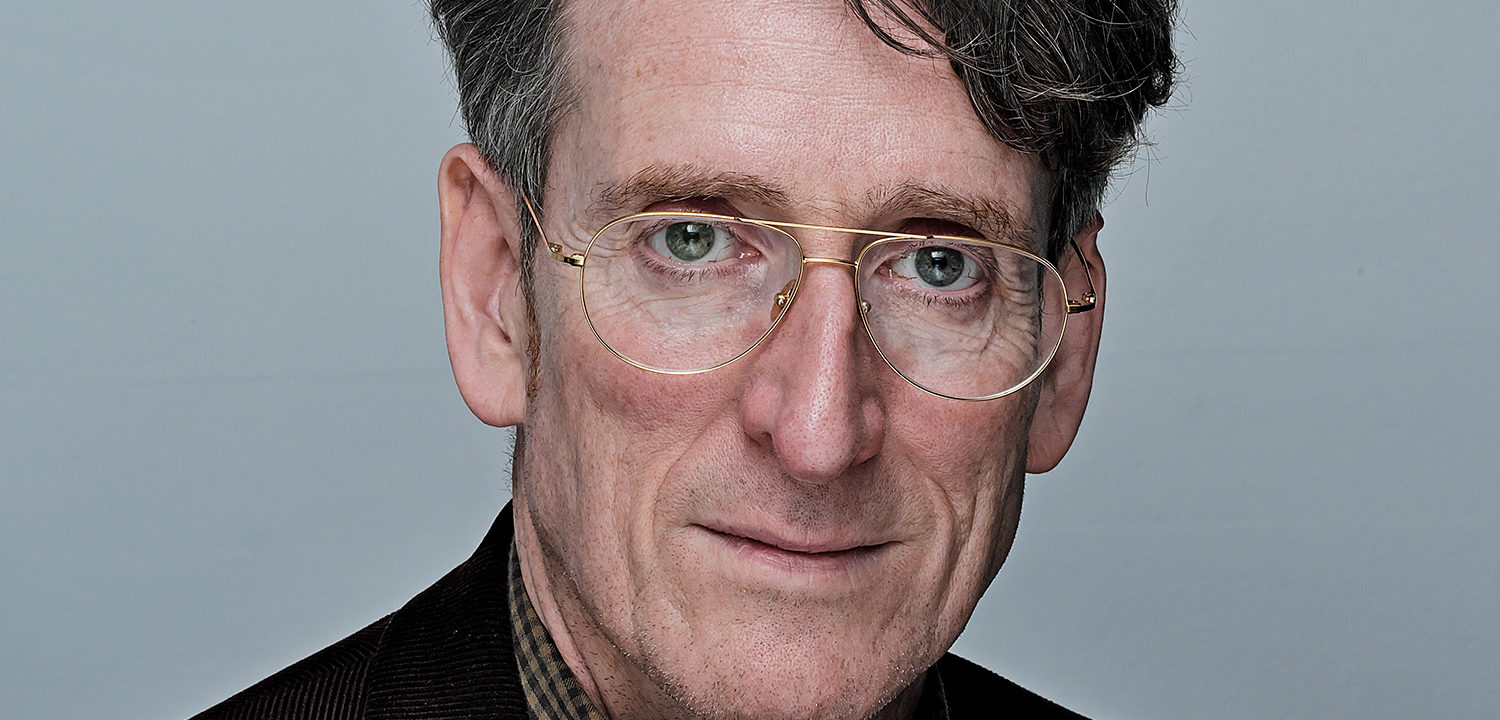The Era of the Ear
news
Agency News
Published by
Charles Vallance
Date
06/04/2021
Despite the many constraints of lockdowns and pandemic living, there are two parts of us that have never had it so good. I refer, of course, to our ears.
As anyone who has worked in radio will tell you, our ears have historically been an underestimated part of the anatomy. Our eyes have always dominated. We talk about things being eye-catching or eye-grabbing, not ear-grabbing or ear-catching. At creative awards, we value print and TV accolades over radio gongs. OTS is a well-known acronym, OTH less so. Even when we say "share of voice", we really mean share of TV spend or total media, of which the purely auditory is a small fraction.
But over the last few years, our ears have mounted an (ironically) silent advance. They may not yet have caught up with the all-conquering eyeball. But they've closed the gap. And they've done so on numerous fronts in numerous ways.
Technology, as ever, has been one of the main accelerants. Mass adoption of the smartphone, combined with the digitisation of radio and prevalence of streamed music services means that, where once our ears were idle, they are now occupied. Indeed, unless engaged actively in conversation, there is virtually no waking moment that isn't now an OTL (opportunity to listen) to some form or other of third-party content.
The rise of the OTL is further driven by hardware trends. Our homes are better equipped with audio than ever before. Great sound no longer requires expensive kit or posh AV systems (though these must be popular given the trebling of Sonos' share price over the last year). There are a wealth of smart speakers which provide excellent audio, whose affordability and portability mean they can be omnipresent in the home. We listen anywhere and everywhere, not just in certain rooms. And when we are out and about, our ears are similarly spoilt with an array of headgear options, from earbuds and AirPods to an almost endless range of bluetooth and wireless headphones. And that's before the widespread adoption of spatial audio, which is already supported by AirPods Pro and the PS5 Pulse 3D headset.
Perhaps the biggest factor driving the Era of the Ear is techno-social. We are now simply more open to voice and auditory protocols. I still struggle to ask Google to play the radio, but no-one else seems to. Alexa gets bossed around right left and centre ("please" should become a mandatory part of the UX). Social media has latched onto the auditory curve, with sound-led phenomena such as TikTok and Clubhouse. These in turn have prompted beta efforts from Twitter and Facebook, with Twitter Spaces now in test and build phase and a Live Audio feature in development for Facebook's Messenger Rooms, not to mention Slack's imminent introduction of audio features to its project management software. The huge popularity of podcasts and the rise of the spoken word scene further exemplify the ear's ascendancy.
The implications for the making of ads is also considerable. I already see this in play in creative reviews. Rather than fitting a voice or a track to a filmic narrative – which was often the way things worked – the creative process increasingly and intuitively begins with more attention to the ear. With a voice, a soundtrack or an audio theme upfront. Similarly, there is a growing tendency for directors to lay the track or soundscape first, before rather than after shooting.
Of course, visual narrative remains crucial. But, in the Era of the Ear, we must increasingly beware the tyranny of the eye. We are pre-programmed to think of image and imagery, the appearance of a brand. Moving forward, we should think beyond just how it looks, to how it's heard; of sonic as well as visual properties.


